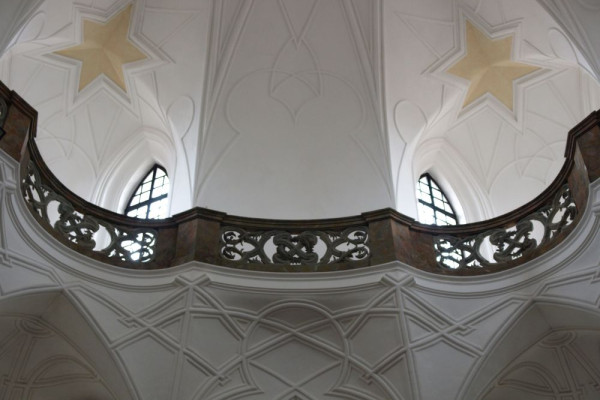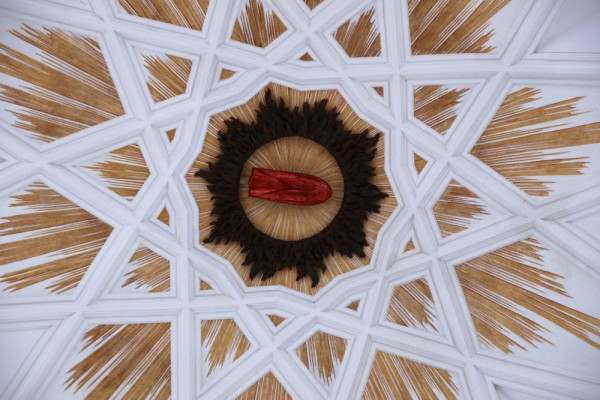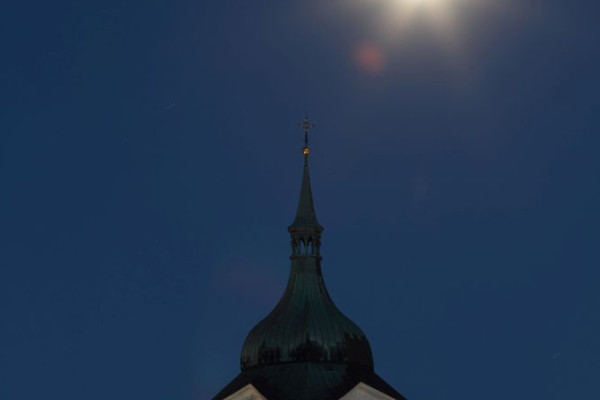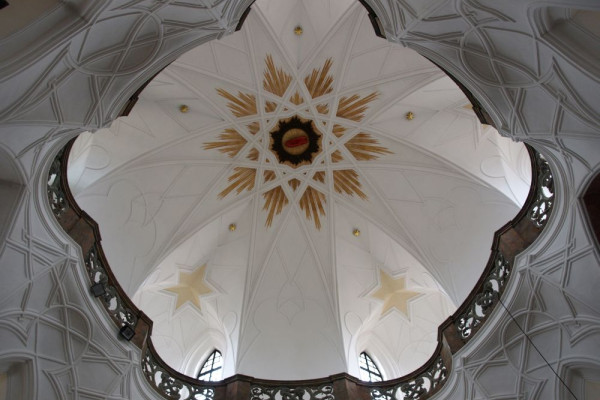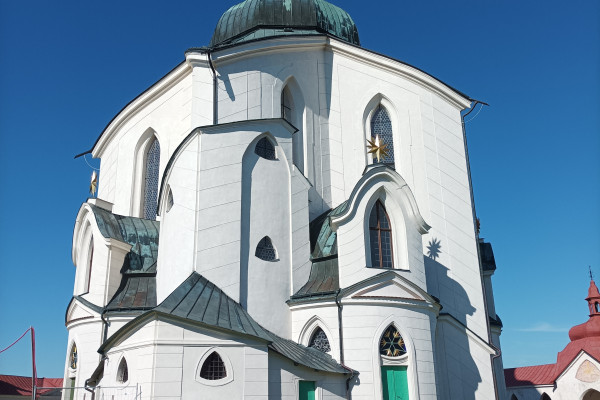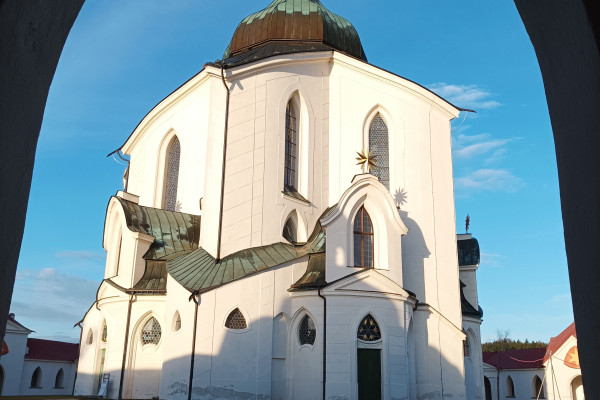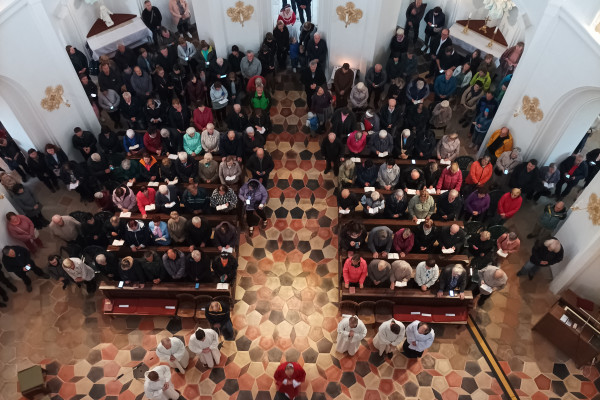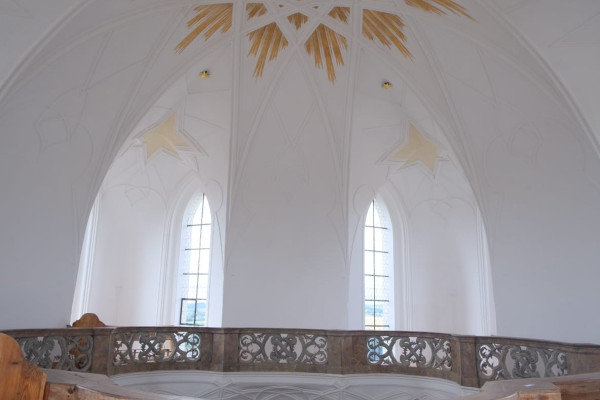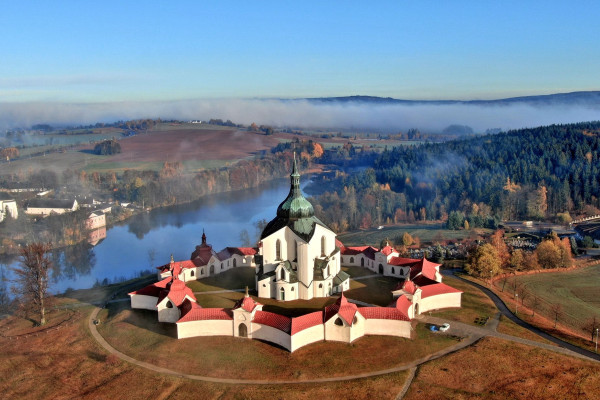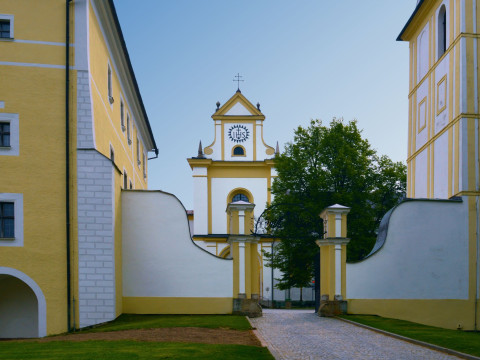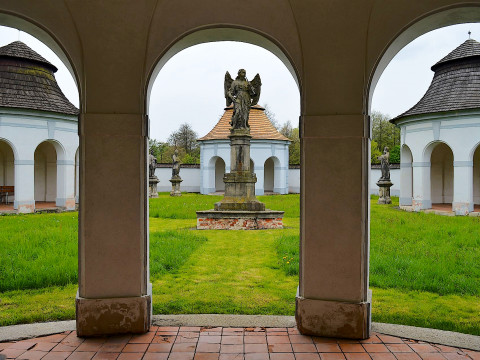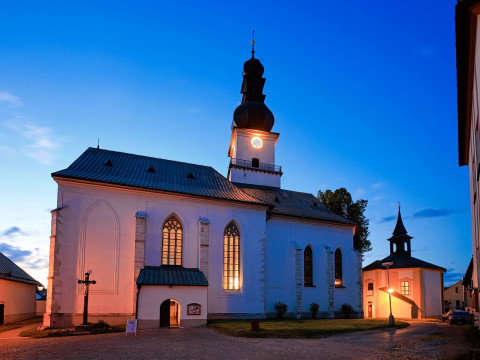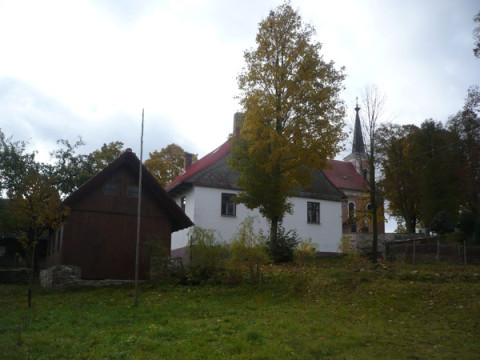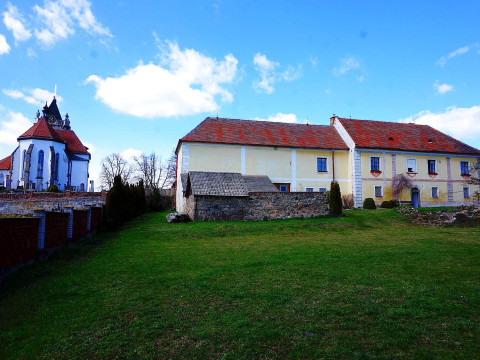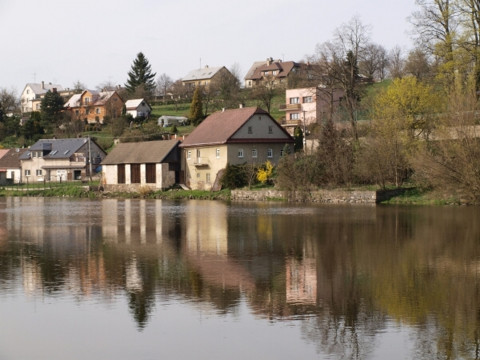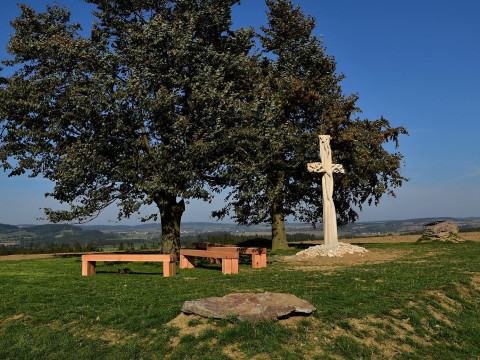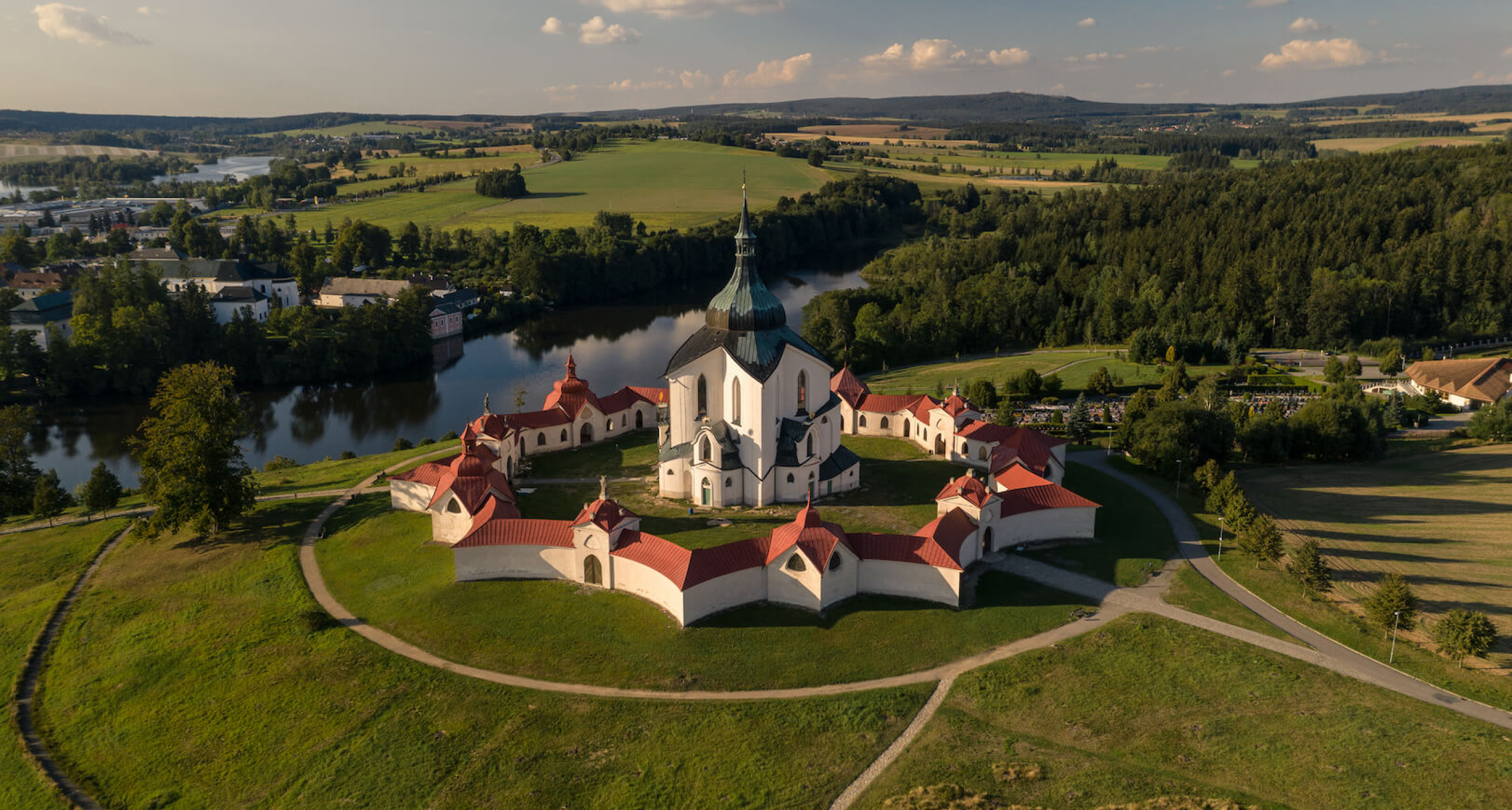
Žďár nad Sázavou - Zelená hora
poutní kostel sv. Jana Nepomuckého
Žďár nad Sázavou - Zelená hora
poutní kostel sv. Jana Nepomuckého
Address
Sychrova
Žďár nad Sázavou - Zelená hora
 Guided tour – +420 724 758 993, info@zelena-hora.cz
Guided tour – +420 724 758 993, info@zelena-hora.cz
 Without guide
Without guide
Open
| October | November | ||||
|---|---|---|---|---|---|
| Mo |
27
|
03
|
10
|
17
|
24
|
| Tu |
28
|
04
10:00 - 15:00
|
11
10:00 - 15:00
|
18
10:00 - 15:00
|
25
10:00 - 15:00
|
| We |
29
|
05
|
12
|
19
|
26
|
| Th |
30
|
06
10:00 - 15:00
|
13
10:00 - 15:00
|
20
10:00 - 15:00
|
27
10:00 - 15:00
|
| Fr |
31
|
07
|
14
|
21
|
28
|
| Sa |
01
|
08
|
15
|
22
|
29
|
| Su |
02
|
09
|
16
|
23
|
30
|
| December | |||||
|---|---|---|---|---|---|
| Mo |
01
|
08
|
15
|
22
|
29
|
| Tu |
02
10:00 - 15:00
|
09
10:00 - 15:00
|
16
10:00 - 15:00
|
23
10:00 - 15:00
|
30
10:00 - 15:00
|
| We |
03
|
10
|
17
|
24
|
|
| Th |
04
10:00 - 15:00
|
11
10:00 - 15:00
|
18
10:00 - 15:00
|
25
10:00 - 15:00
|
|
| Fr |
05
|
12
|
19
|
26
|
|
| Sa |
06
|
13
|
20
|
27
|
|
| Su |
07
|
14
|
21
|
28
|
| Mo | |||||
|---|---|---|---|---|---|
| Tu | |||||
| We | |||||
| Th | |||||
| Fr | |||||
| Sa | |||||
| Su |

